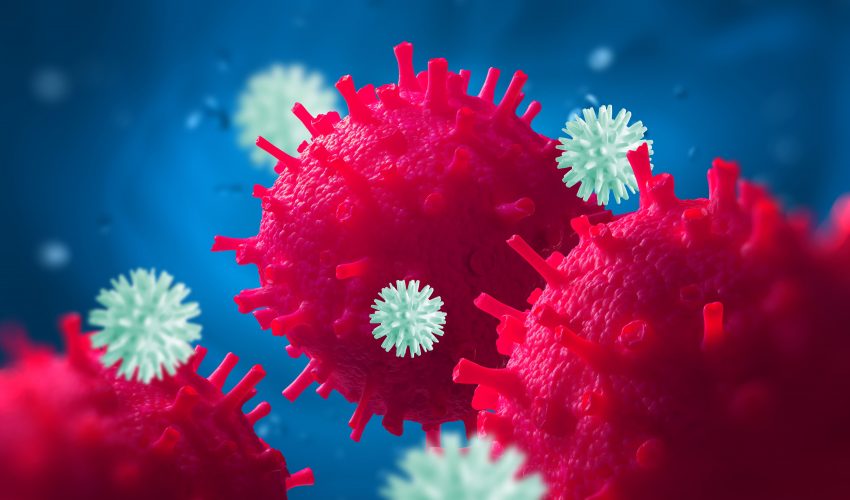Post Views: 2,942
Views No Comments
Nurses are always on the frontlines when it comes to battling infections. It comes as no surprise that the very people who get rid of diseases are precisely the ones that are most exposed to pathogens and sickness. While there are plenty of policies and regulations in place to prevent contagion, all it takes to catch a patient’s disease is a simple touch, or from being nearby without proper protective gear. Similarly, patients are also regularly exposed to the pathogens of other hospitalized individuals and have a significant risk of developing another disease on top of their existing condition.
A nosocomial infection is the term doctors use to refer to the diseases that are contracted within a hospital environment. This term is also used interchangeably with others, such as healthcare associated infections and hospital-acquired infections (HAIs). The central factor of these conditions is that they must not be present when the patient was hospitalized; they must have contracted it during their stay in the health center.
Despite all the safety measures that are in place within a hospital, these nosocomial infections are still alarmingly common. In a respectable facility, there is at least a 10% chance that a patient treated in the Intensive Care Unit might catch an HAI. This ward, in particular, is the one that carries the highest risk of infection. Nevertheless, depending on the hospital, a patient can catch an HAI in any ward. One of the most alarming aspects of these infections is that they are becoming increasingly resistant to antibiotics. Fortunately, preventing them is a simple process, and they can be avoided in most situations.
Before hopping into our list of most common HAIs, we must first explain what constitutes one of these diseases.
To be regarded as an HAI, the disease must have developed up to 48 hours after being admitted to the hospital, or up to 3 days after discharge. However, in the case of surgeries, the patient has a period of up to 30 days of observation to determine the presence of an HAI. All infections that occur outside of this period are not considered nosocomial infections and are likely due to exposure to contaminants outside the hospital. Regardless of the time, however, any diseases that take place, and that are unrelated to the reason for admission of the patient, are regarded as HAIs.
The most common nosocomial infections are directly related to the procedures performed at the hospital. Additionally, they may also encompass infections related to their method of entry into the body, such as lung, and stomach infections. In this sense, the most frequent HAIs are the following:
The symptoms most frequently associated with these conditions include discharge from surgical wounds, fevers, coughing, a burning sensation when urinating, headaches, nausea, and vomiting. In the case of infections related to the surgical procedure, many patients may also show physical symptoms at or near the surgical wound.
These infections are either bacterial, fungal, or viral, with bacteria being responsible for over 90% of total cases. This is likely due to increased exposure to contaminants during their hospital stay. Furthermore, the patient’s depressed immune system also contributes significantly toward the onset of these infections. Bacteria like S. aureus, E. coli, Enterococci, and P. aeruginosa are the most common pathogens that affect patients. The Pseudomonas aeruginosa bacteria, by itself, is responsible for over 11% of total infections and carries a high mortality rate to go with its morbidity.
These nosocomial infections spread through direct contact with infected individuals, such as through handshakes and from airborne pathogens expelled through the infected patient’s cough. In the case of hospital-borne infections, conventional methods of transmission also include contaminated tools, such as catheters, respiratory machines, and other devices that are in constant exposure to numerous patients carrying all sorts of infections.
Unfortunately, as long as the patient stays at the hospital, they are always at risk of catching an HAI. This probability is compounded by the following:
Furthermore, the risk increases if the patient is transferred to the ICU where, as was mentioned above, is where the majority of HAIs take place due to the great variety of pathogens present in this department.
Luckily, while the time of detection is essential for the successful treatment of any HAI, the vast majority of these conditions are easily treated through the removal of any unnecessary hospital tools, such as catheters as well as through the administration of antibiotics. Lastly, getting plenty of rest and liquids is essential for the treatment of any disease, including HAIs.
While there are plenty of policies and regulations in place to prevent contagion, all it takes to catch a patient’s disease is a simple touch, or from being nearby without proper protective gear. These are the most common hospital-acquired infections that you need to avoid.

